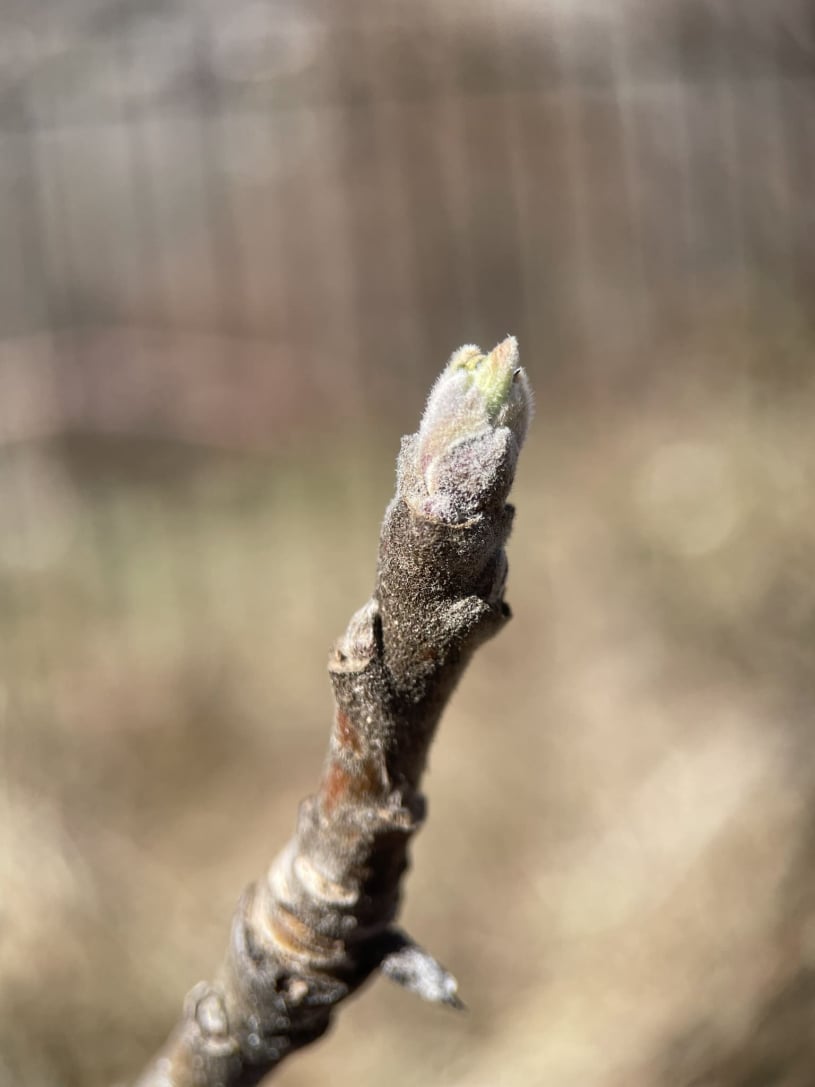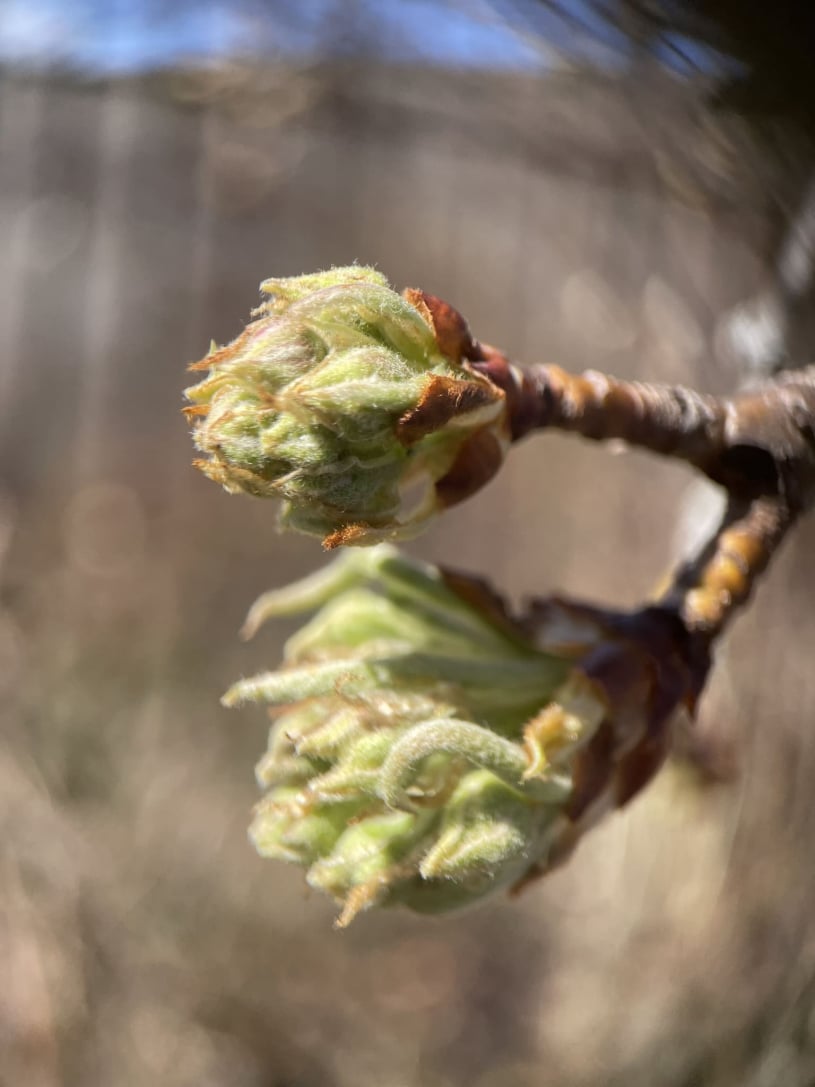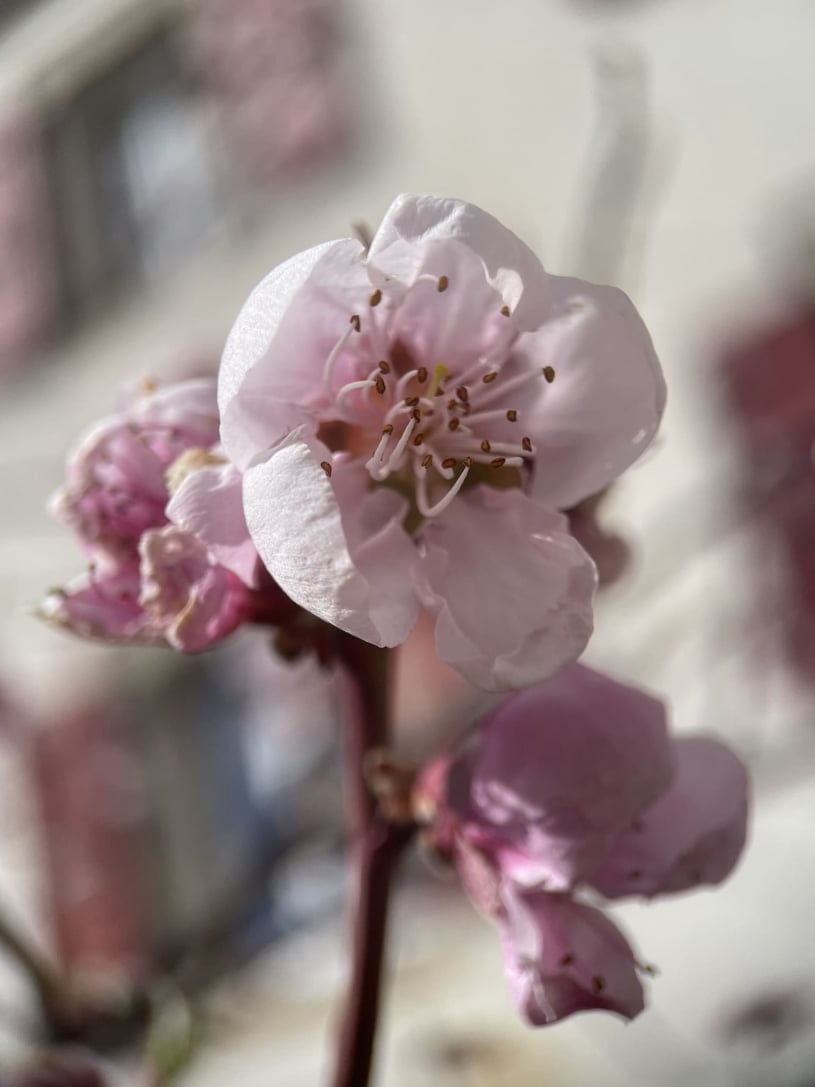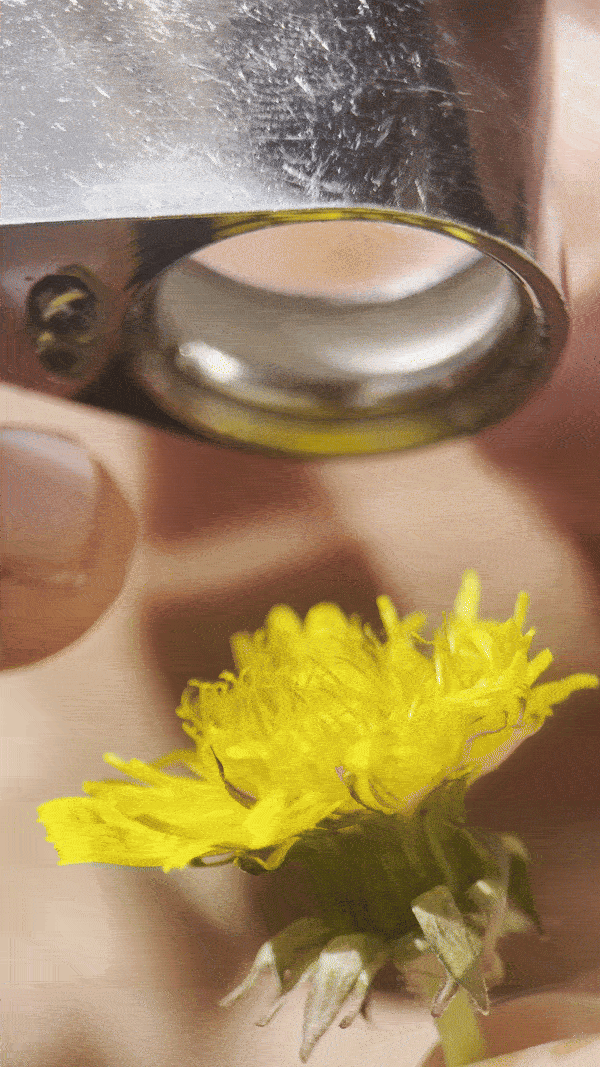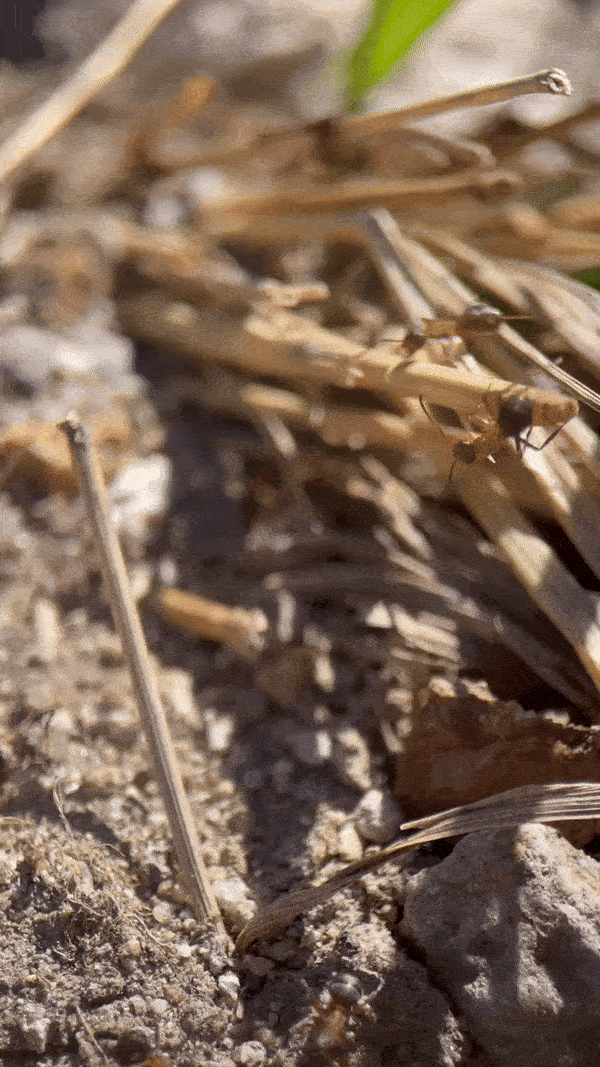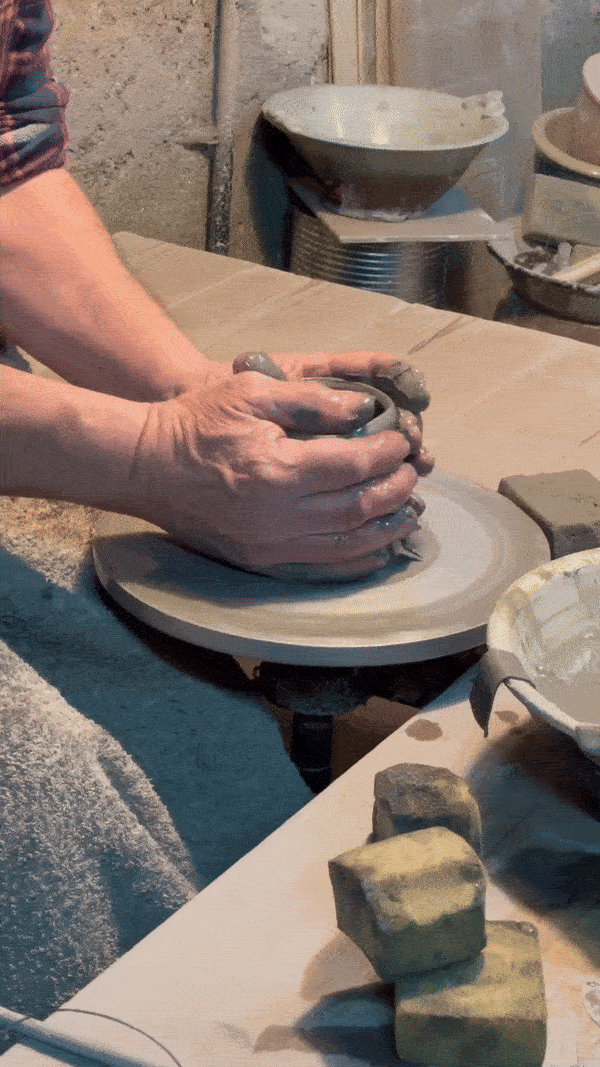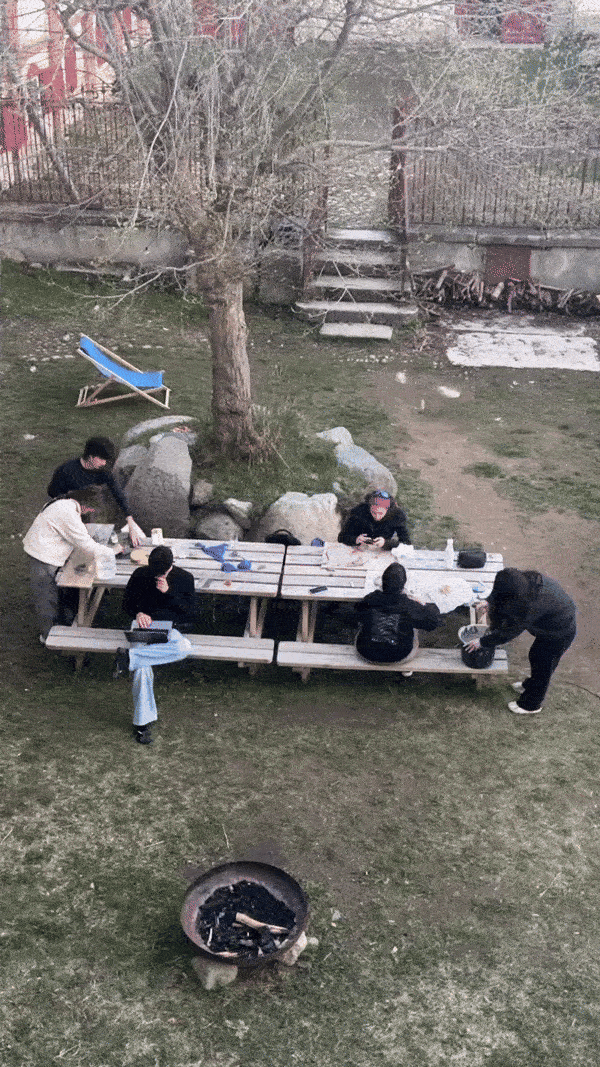
Embracing Nature
The theme of the trip was about connecting with and understanding the natural environment. The tranquility of our house and its garden, the variety of landscapes nearby and the majestic mountains standing as silent observers all contributed to a profound sense of connection and belonging.
